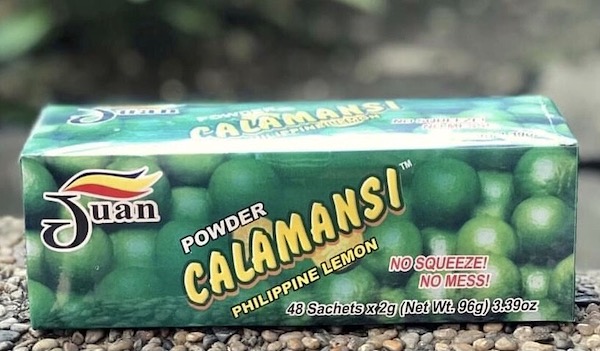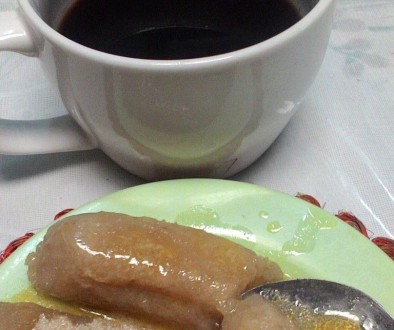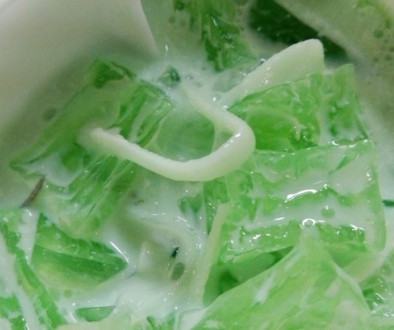Calamansi Juice
The round CALAMANSI is the most ubiquitous citrus fruit in the Philippine islands.
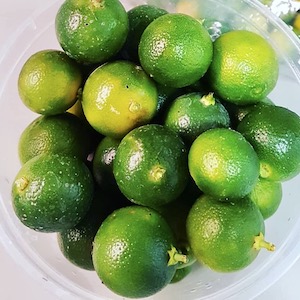
Centuries before import liberalization made yellow lemons accessible from overseas, it was the very sour CALAMANSI that was the only citrus widely available. Many Filipino households have a “tree” (more like a very large shrub) in the backyard.
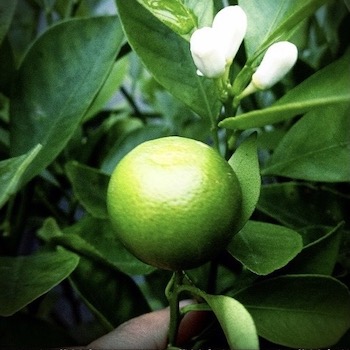
With these cute-sized Philippine fruits being much smaller than their cousins, making fresh calamansi juice used to be such an arduous chore and was done only when your mom wanted to give your poor sick body a healthy dose of vitamin C.
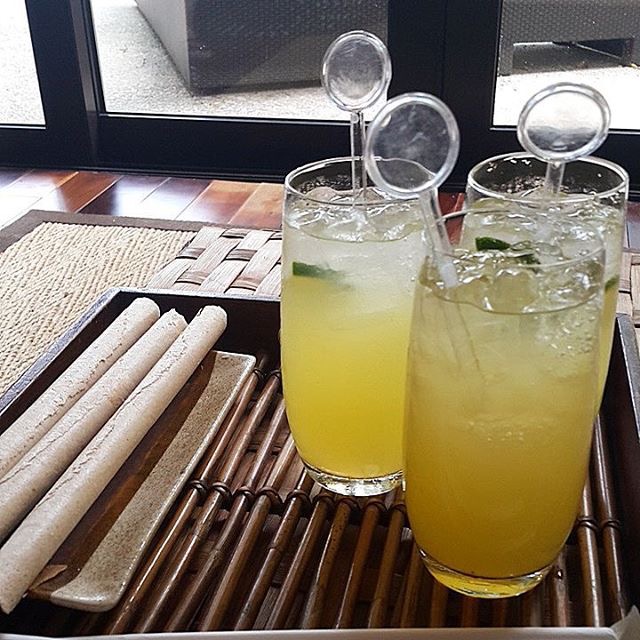
These days, modern technology has made the task much easier, with calamansi juice being available in bottles and tetrapaks.
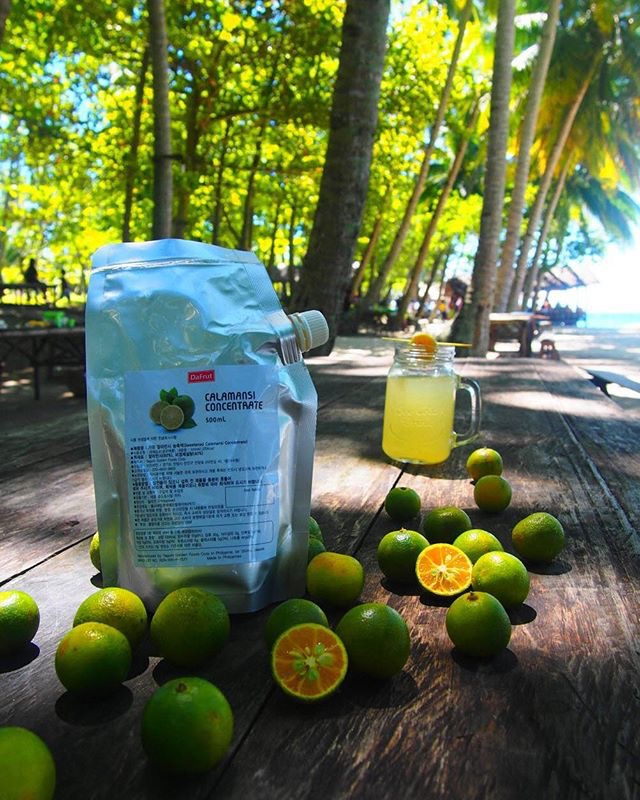
More conveniently, someone came up with calamansi powder!
And yes, you can buy calamansi juice even in the United States.
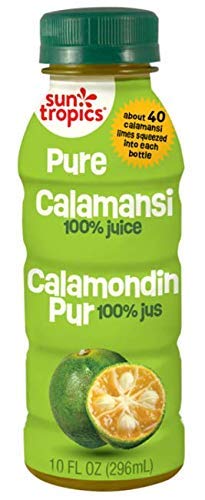
The juice imported from the Philippines is of course authentic, but the type made from the orange-colored fruits grown in California doesn’t taste legit.
